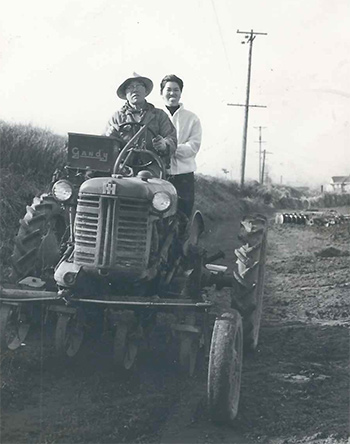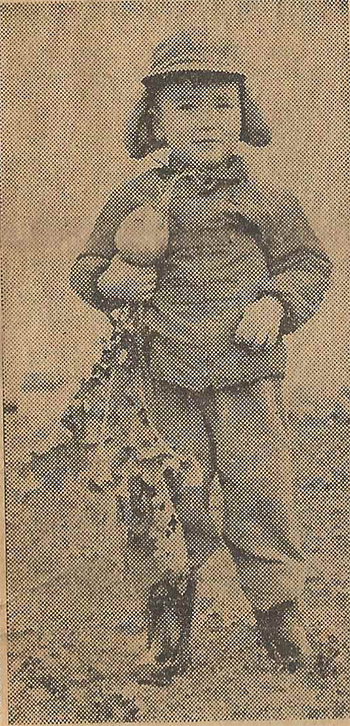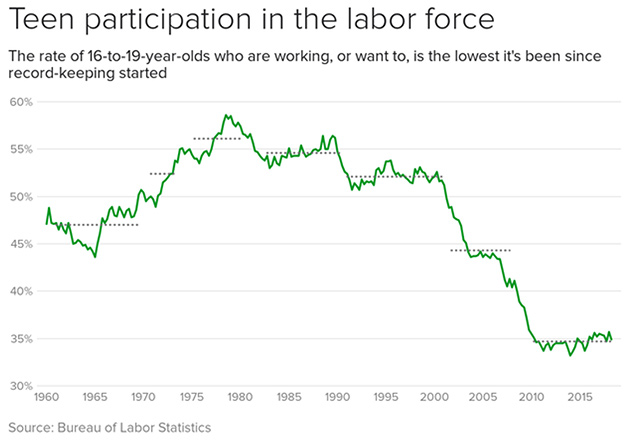Longtime readers know that I was raised on a vegetable farm in Washington state, but I was born in Japan. My father was an Army private stationed in Japan and my mother was a waitress at a noodle shop near the Army base in Tokyo.
Our long, two-month trip on a slow naval transport ship must have been frightening to my then-20-year-old mother. But she was eager to start a new life in America … a place she was told where anyone who studied hard and worked hard could be successful.
Unfortunately, my parents divorced shortly after we arrived in the U.S., and my 20-year-old Japanese mother suddenly found herself living in a strange country with no family, no friends, no money, no place to live. Life was very hard.
 |
So instead of returning to Japan where her family and friends were, she scratched, rummaged and scavenged enough to make a new life for us in the U.S. Later, she married a wonderfully kind but poor vegetable farmer, Ken Sagami, who adopted me.
Like most farmers, my father worked like a dog, but our family seldom had more than two nickels to rub together. Despite our meager finances, my mother fiercely held to the idea of the American dream. “In America, anybody can get rich if they work hard,” she told me.
And she was determined to have me prove her right. On the first day of first grade, my mother marched me to school and asked the teacher to sit in the front row directly in front of her desk. She gave me almost daily lectures on the importance of education. And as a big believer in corporal punishment, she gave me the spankings of my life for anything less than straight As.
 |
The summers weren’t easy, either. My father worked me seven days a week — just like him — all summer long. That was especially frustrating in high school because my friends were joyriding around town, swimming, and otherwise having tons of fun … and I was always working in the hot sun.
I hated it at the time, but those back-breaking summers on the farm are the reason for my successful career. Work ethics are something that you learn; not something that you are born with and I fear that most young Americans are not being taught what it means to put in a hard day’s work.
According to the Bureau of Labor Statistics, the unemployment rate for young Americans between the ages of 16 to 24 has dropped to a 52-year low.
The unemployment rate for young Americans actively looking for work this summer was 9.2% in July compared with 9.6% a year earlier, marking the lowest rate since 1966.
That sounds good on the surface, but the reality is that fewer young Americans are working than ever. The labor force participation rate for young Americans is below its 1989 peak at 60.6%, and far below its peak of 77.5% in July 1989.
The numbers get even worse for teenagers. For 16- to 19-year-olds, the participation rate is at a record low of just 35%. That’s the lowest percentage since record-keeping started in 1948.
What’s more, with the unemployment rate hovering around 4%, finding a job is easy … if you want one. But the labor force participation rate shows that high school and college students are simply choosing NOT to work.
 |
Unbelievable.
My parents would have blown their stacks if I told them if I wanted to take the summer off. Heck, the thought never even entered my mind!
Are there any investment nuggets buried in these labor statistics? You bet there are. I currently own two labor-related stocks in the Weiss Ultimate Portfolio — Paycom Software (PAYC) and Insperity (NSP) — with open gains of 29% and 17% even though we’ve owned them for less than 90 days.
I’m not suggesting that you buy either of those stocks tomorrow morning. But they’re illustrative of the investment style I used for the Weiss Ultimate Portfolio and — like my summers on the family farm, hard work really does pay off.
Best wishes,
Tony Sagami

